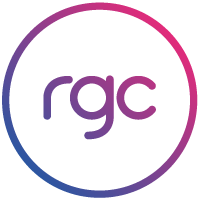When developing a communications strategy it may be tempting, especially for a communications specialist answering to a higher authority, to come up with dozens of different marketing and PR delivery tactics or to get sucked into the latest piece of marketing automation tech. This is usually done in order to make a strategy seem more impressive, but having pages of points in your strategy that say things like, ‘we’ll use social media outlets’, or, ‘we’ll send a media release to all the major newspapers’ is not so impressive. If these tactics don’t have quality content backing them up, it can be counter-productive to the overall goal.
Some of the most effective strategies often take a simple ‘quality over quantity’ approach, by spending a little more time on the story that needs to be told, rather than focusing all the effort on the latest marketing and PR trends to distribute that story.
There are a few easy tips to ensure a communications strategy is not ‘all flash and no substance’.
Know the platforms – match your content to their language
Choosing communication channels for your strategy is only half the battle. The next challenge is how to communicate through those channels. For example, wanting a media release on an online news platform or in the newspaper means making sure the content is ‘news ready’. This means the release needs to be interesting, informative and written in an appropriate news style. Journalists go through a gargantuan amount of media releases, but a large number end up lining bird cages because they appear more advertorial than informative, like promoting a business rather than what the business’ accomplishments mean for news readers. Another example is using social media, where content needs to be suitable for interaction, discussion, sharing/social interaction and have character limits.
Know the audience – how do they absorb content?
This is one of the most important factors because it’s where the most can go wrong. An off-putting message or message delivery is a business-killer. Taking the time to understand your audience leads to knowing what they want to hear, and how they want to hear it.
This does not encourage lying or spin; it simply means knowing how to engage correctly.
For example, young adults are likely to lose interest with long and text-heavy emails or articles that contain unnecessarily pretentious vocabulary. It’s important to know how they absorb messages before delivering one. In the case of young adults, tailoring content to them may involve writing short and sweet pieces that get the message across in a light and conversational tone. Even a small video that can visually illustrate a point help drive a message home for this particular group.
Similarly, a political or executive audience is far more likely to take you seriously if you communicate though formal and professional content, rather than an informal ‘hey, wassup?’ piece of marketing.
Know the product – how should you talk about yourself?
Understanding the value of a product or service is the biggest element in dictating how to talk about it. A communications strategy should weigh the impact of the product or service it’s supporting, and then the content should present a tone or style that reflects that weight.
For example, trying to write a glittering academic feature for the Australian about your company’s new brand of toaster might be excessive and unrealistic, but similarly the promotion of a state-wide awards gala shouldn’t be limited to a paragraph on Wikipedia and a casual post on Twitter.
The best way to remember these points is to consider a simple truth: Before you communicate, you have to have something to say.







